History of Istanbul: From Byzantium to the Republic of Turkey
Istanbul, the city that bridges two continents, has a fascinating history that spans millennia. From its humble beginnings to becoming the capital of powerful empires, this metropolis has witnessed numerous events that shaped not only Turkey but the world. Here’s a detailed journey through Istanbul’s key historical moments.
Early Settlements and the Founding of Byzantium
The earliest human traces in the region that is now Istanbul date back to the Neolithic Period, with the first remains found on the city’s Asian side.
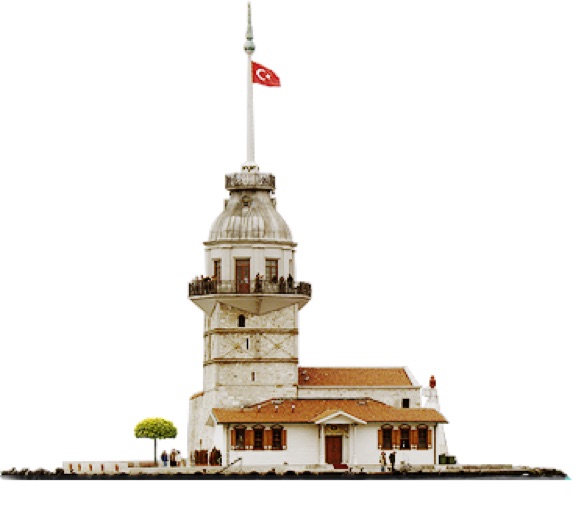
In 680 BC, Megarian settlers founded the city of Chalcedon in the Anatolian region while fleeing from Dorian persecution. However, it was twenty years later that the city of Byzantium was founded on the opposite shore, laying the foundation for the future Istanbul. Over time, Byzantium became a strategic position, attracting the attention of powerful empires.
Byzantium and the Greek Empire
Located on the Golden Horn, Byzantium was initially a Thracian acropolis and later fell under Persian rule until the Greeks recaptured it. During its independence, it joined the League and later the Second Athenian Empire until it was annexed into the Roman Empire after being conquered by Emperor Septimius Severus.
Constantinople and the Byzantine Empire
With the arrival of Emperor Constantine, Byzantium was renewed and transformed into a new Christian city under the name Nea Roma (New Rome), later known as Constantinople, in honor of the emperor.

Capital of the Byzantine Empire
On May 11, 330, Constantinople was declared the capital of the Byzantine Empire. The city’s development included constructing walls and majestic churches, among which the Hagia Sophia (Holy Wisdom) stands out, the largest cathedral in the world for a thousand years.
Center of the Orthodox Church
Amid conflicts between the Catholic and Orthodox Churches, Constantinople established itself as the center of the Orthodox Church. With the arrival of the Crusades in 1096, the city faced invasions, lootings, and rule by Catholic crusaders, who established the short-lived Latin Empire. Although the Byzantines regained control, the city was left weakened and in decline.
The Ottoman Empire
The weakened state of Constantinople after centuries of conflict was exploited by Sultan Mehmed II, known as “The Conqueror,” who besieged the city for eight weeks and captured it on May 29, 1453. This event marked the end of the Byzantine Empire and the beginning of Constantinople as the capital of the Ottoman Empire.
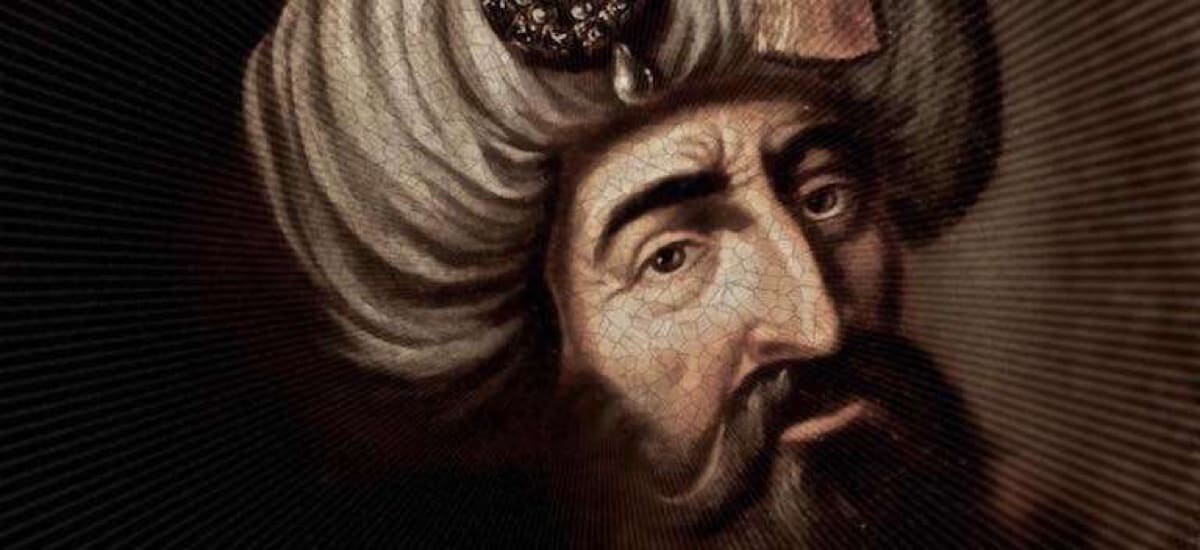
Islamic Transformation
Mehmed II converted the magnificent Hagia Sophia into an imperial mosque and promoted the construction of new mosques, palaces, and madrasas. From the 19th century onwards, European architectural styles like Baroque and Rococo were introduced, reflecting Western influences in the empire.
Golden Age and Ottoman Decline
Constantinople solidified its status as a center of Islamic power and culture for centuries. However, by the late 19th and early 20th centuries, the Ottoman Empire began to decline, facing internal tensions and external conflicts that weakened its power.
The Republic of Turkey
After World War I, the Ottoman Empire was defeated, and Constantinople was occupied by Allied forces. This led to the Turkish War of Independence, led by Mustafa Kemal Atatürk, who proclaimed the Republic of Turkey in 1923.
Ankara as the New Capital
Among Atatürk’s first reforms was moving the capital to Ankara to promote development in the country’s interior. Nevertheless, Istanbul continued to be Turkey’s cultural, commercial, and industrial heart.
Modernization and Global Role
Today, Istanbul is a modern, dynamic metropolis known for its blend of history and modernity. Turkey’s economic growth and its aspirations for EU membership have contributed to Istanbul’s development and its position as a regional and international center.
Conclusion: Istanbul, a Timeless City
The history of Istanbul is unique and impactful, full of cultures, empires, and religions that left their mark on every corner of the city. From its beginnings in Byzantium, through the glorious Constantinople, to modern-day Istanbul, this city continues to be a bridge between East and West and an essential visit for any history enthusiast.



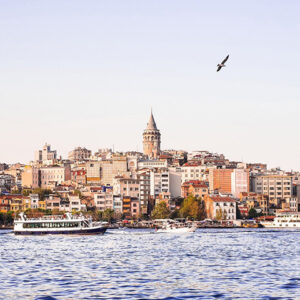



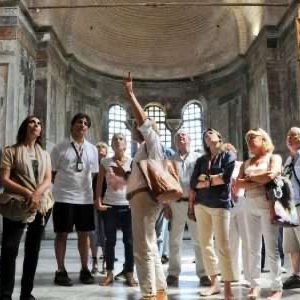
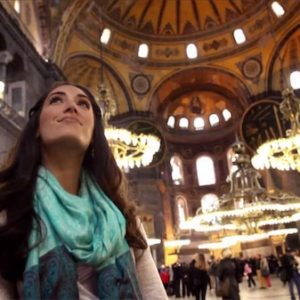


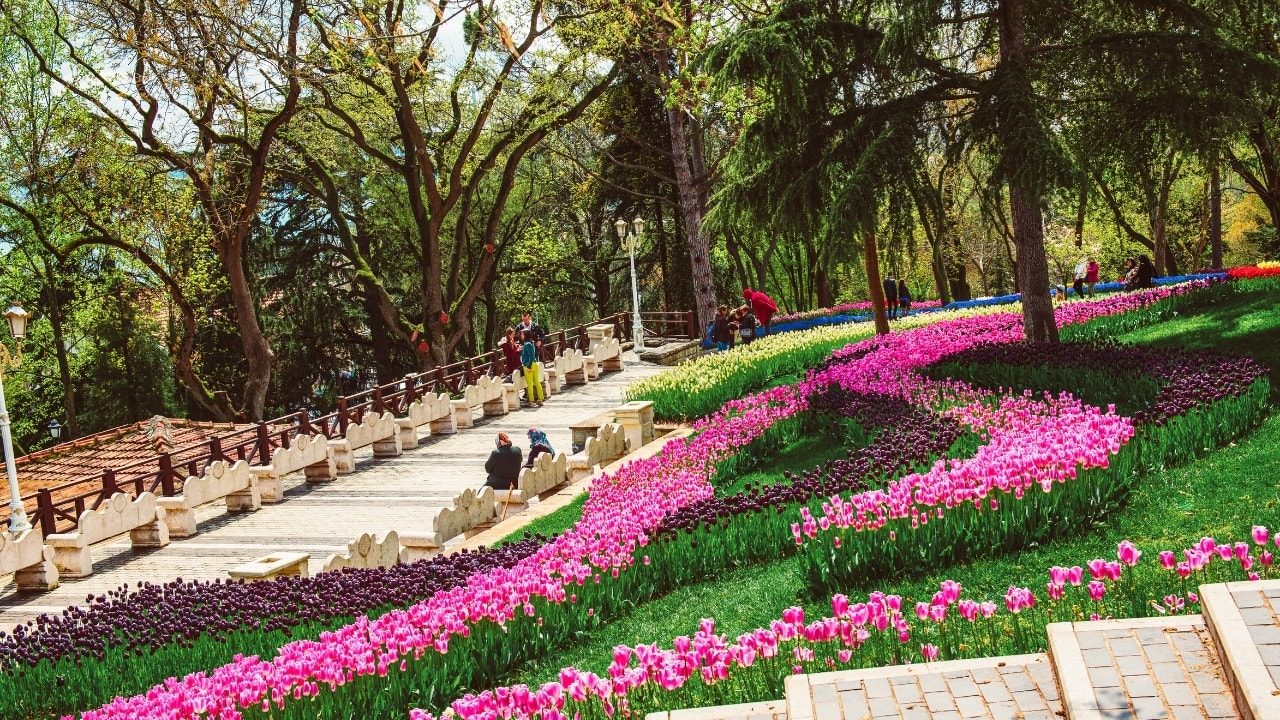

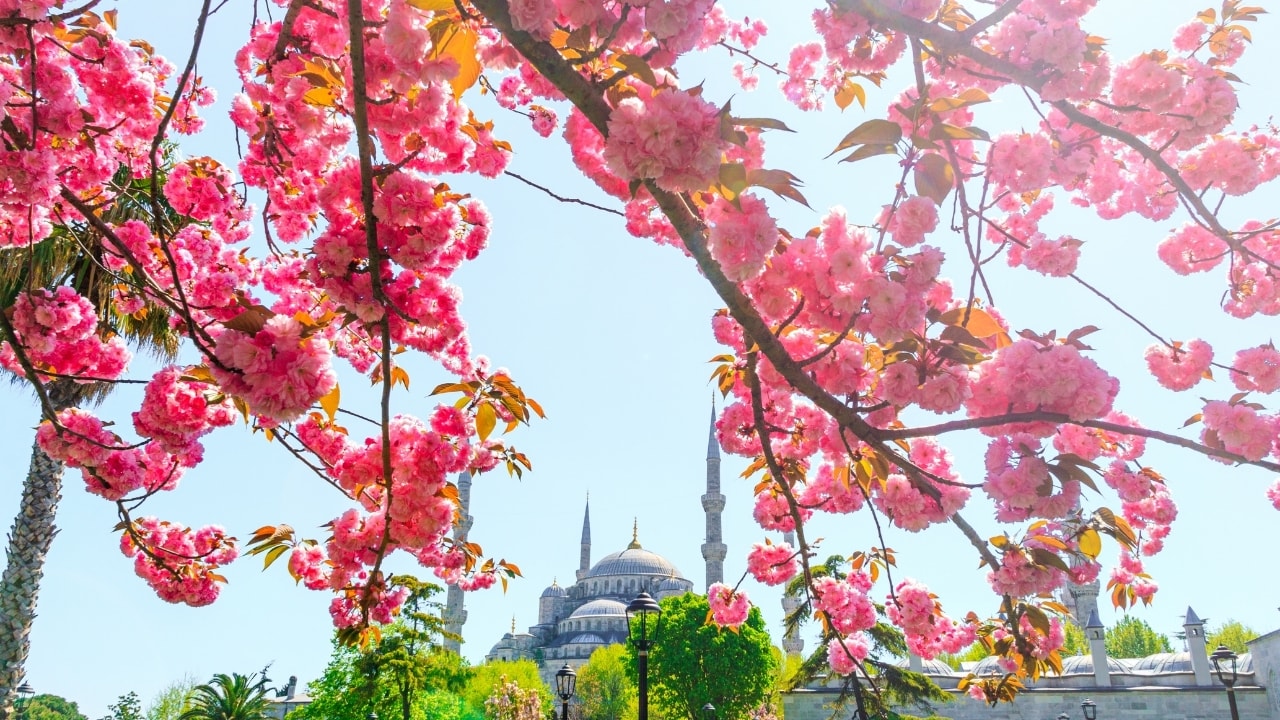
3 thoughts on “History of Istanbul”
★★★★★
I was blown away by everything ‘History of Istanbul’ has to offer. Definitely a place to return to in the future.
★★★★★
Looking for an authentic and enriching experience? ‘History of Istanbul’ is the place to be! Absolutely worth the visit.
★★★★★
Highly recommend visiting ‘History of Istanbul’—a site rich with history and unparalleled beauty.